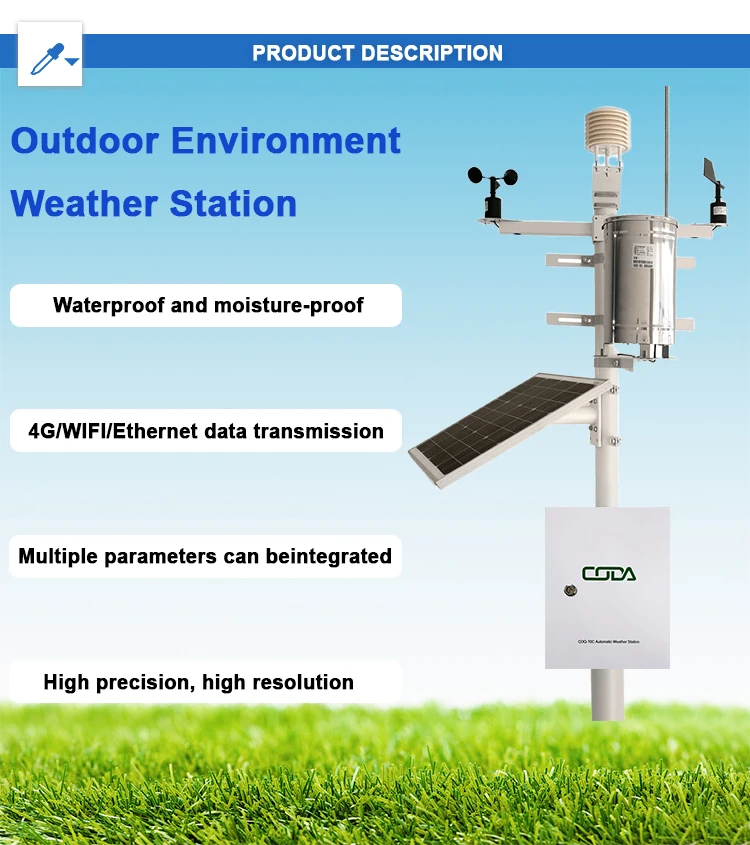
# Automatic Weather Station: Definition and Functionality
## What is an Automatic Weather Station?
An Automatic Weather Station (AWS) is a system designed to collect meteorological data without requiring constant human intervention. These stations are equipped with various sensors that measure atmospheric conditions such as temperature, humidity, wind speed and direction, rainfall, solar radiation, and barometric pressure.
AWS units have become increasingly important in modern meteorology, agriculture, aviation, and environmental monitoring due to their ability to provide continuous, real-time weather data.
## Key Components of an Automatic Weather Station
A typical AWS consists of several essential components:
– Sensors: Measure various weather parameters
– Data logger: Records and stores collected data
– Power supply: Usually solar panels with battery backup
– Communication system: Transmits data to central servers
– Mounting structure: Supports the equipment
## How Automatic Weather Stations Work
The functionality of an AWS can be broken down into three main processes:
1. Data Collection: Sensors continuously monitor environmental conditions
2. Data Processing: The system converts raw sensor readings into usable measurements
3. Data Transmission: Information is sent to weather networks or local users
Most modern AWS units transmit data via cellular networks, satellite links, or radio frequencies at regular intervals (typically every 15 minutes to 1 hour).
## Applications of Automatic Weather Stations
Automatic Weather Stations serve numerous purposes across different sectors:
– Weather forecasting and climate research
– Agricultural planning and irrigation management
– Aviation weather monitoring
– Hydrological studies and flood prediction
– Renewable energy production optimization
– Construction and industrial operations planning
## Advantages of Using AWS
Compared to traditional manual weather stations, AWS offer several benefits:
– Continuous operation (24/7 data collection)
– Reduced human error in measurements
– Ability to operate in remote locations
– Real-time data availability
– Lower long-term operational costs
– Standardized data collection methods
As technology advances, Automatic Weather Stations are becoming more sophisticated, with improved accuracy, smaller footprints, and enhanced connectivity options, making them invaluable tools for weather monitoring and environmental research worldwide.
Keyword: what is automatic weather station